
Lowest Frequency Fast Radio Burst Detected
Fast radio bursts or FRB’s are brilliant, powerful but quick pulses of electromagnetic energy at radio wavelengths. Scientists think these rare and mysterious radio pulses, which are said to last no more than 5 milliseconds, travel across the universe from sources billions of light-years away. In a posting to the Astronomer’s Telegram website, scientists working […]

Car Vibrations May Induce Drowsy Driving
Researchers in Australia have found that an automobile’s natural vibrations can make drivers sleepy, increasing the risk of what is called “drowsy driving.” A 2015 report by the National Highway Traffic Safety Administration found, in the United States alone, that drowsy driving was responsible for 72,000 police-reported crashes. From these accidents, 41,000 people were injured and more than […]

New DNA Structure Observed in a Living Cell
When you visualize a DNA structure, you probably think about the well-known ‘double helix’ that was revealed in 1953 by Cambridge University scientists James Watson and Francis Crick. The duo, along with physicist and molecular biologist Maurice Wilkins, won the 1962 Nobel Prize in Physiology or Medicine for what the Nobel Foundation described as their […]
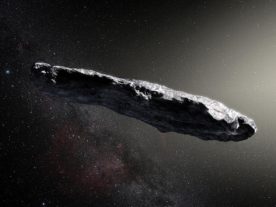
Radio Telescope Finds No Signs of Alien Life in Interstellar Object
Soon after the October 2017 discovery of Oumuamua, the first confirmed interstellar object to visit our solar system, rumors and conspiracy theories began popping up all over the Internet. Because of its suspected origins, as well as its odd, flat, cigar-shaped appearance, word started to spread that the object was actually an alien interstellar space […]
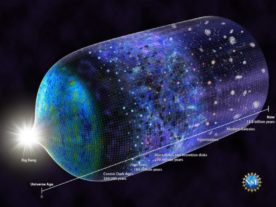
First Stars Formed in Universe 180 Million Years After Big Bang
A group of researchers led by Judd Bowman, an astronomer at Arizona State University, recently made a remarkable discovery by spotting the impressions of the earliest stars in the universe. Soon after the Big Bang, 13.7 billion years ago, the universe expanded, cooled and became very dark. Stars and other cosmological objects hadn’t formed yet. […]
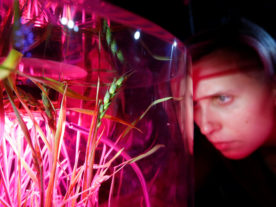
October 2017 Science Images
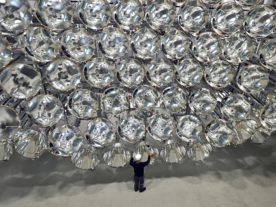
March 2017 Science Images
October 2015 Science Images
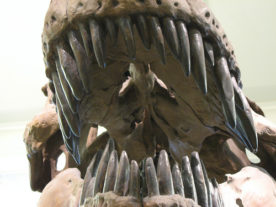
T-Rex’s Teeth Structure, Lithium Found in Exploding Star, Is DC Sinking?
Structure of T-Rex’s Teeth Helped Make Them Terrifying Predators Researchers from the University of Toronto Mississauga have found evidence that one of the reasons carnivorous theropod dinosaurs, like Tyrannosaurus rex, were such successful predators was due to the unique structure of their teeth. The Canadian researchers found that T-Rex and related dinosaurs’ teeth were deeply […]
Developing Countries Inundated with E-waste; Google Street View of Distant Galaxies; Setting Sun Gives Bats Direction
Where Does the World’s E-Waste Go? When you replace a PC, tablet, mobile or any kind of electronic device, do you ever wonder what happens to your old equipment? A new study finds that about 25 percent of all e-waste discarded by developed countries ends up in seven developing nations, posing severe health risks to people […]
